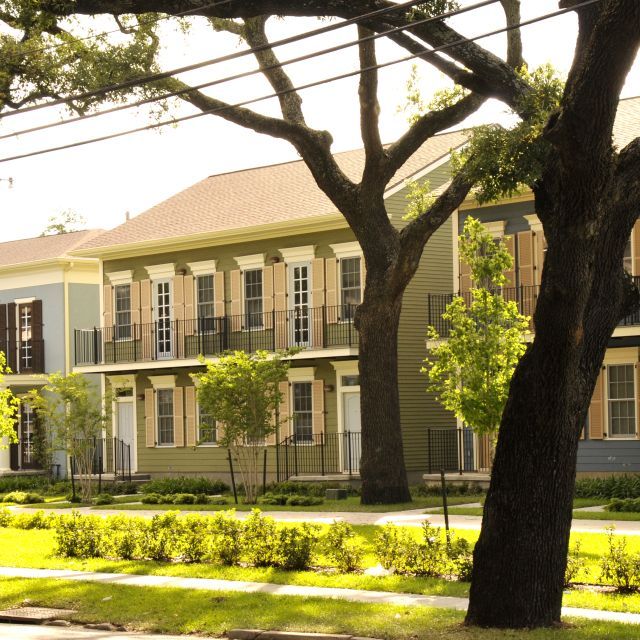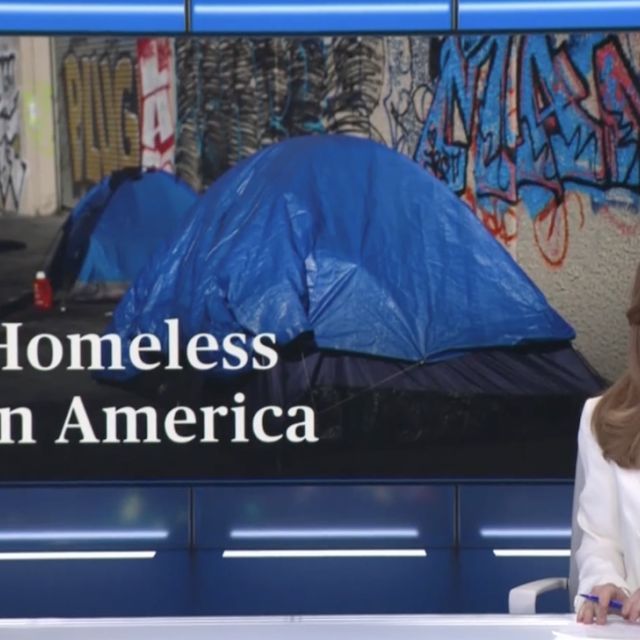With only a few payments left on its mortgage, the housing authority in Montrose County, Colorado was in imminent danger of losing rental assistance for the 24 tenants of its Barbara Court apartments.
Paying off a mortgage should be a cause for celebration, but for the Montrose County Housing Authority – and many owners of affordable rural rental housing funded with USDA mortgages – it’s something to dread. That’s because a 74-year-old law dictates that Section 521 Rental Assistance be tied to an outdated requirement that a property must also have a Section 515 or 514 mortgage.
For now, Enterprise is working with the Montrose Housing Authority to re-capitalize the project and refinance final mortgage payments over 30 years, a complex process that costs more money in staff time and fees than it would to make the last mortgage payment.
To prevent this situation for the many other properties in a similar situation, Enterprise and a wide coalition of housing owners and advocates, support “decoupling” the Section 521 Rental Assistance from current statutory requirements that a property must have a Section 515 or 514 mortgage. The Rural Rental Housing Reform Act of 2023 (S. 2790) includes provisions to “decouple” rental assistance and mortgages. The bill, introduced by Senators Tina Smith (D-Minn.) and Mike Rounds (R-S.D.), has strong bipartisan support among members of the Senate Committee on Banking, Housing and Urban Affairs. If this legislation succeeds, Barbara Court - and many other rural housing locations – will be able to keep rental assistance in place without the difficulty and expense of re-amortizing their mortgage.
A Housing Act Flaw
When Congress passed the Housing Act of 1949, Title 5 established a series of programs to support “Farm Housing,” programs that are now under the auspices of the Rural Housing Service at the USDA. Currently, 391,232 rental homes that were built with mortgages from the Section 515 Rural Multifamily Rental Housing Direct Loan Program or the Section 514 Farm Labor Housing Direct Loan Program are still in service. Seventy-five percent of these homes receive rental assistance from the Section 521 Rural Rental Assistance Program, a project-based subsidy that keeps the rent on a unit capped at 30% of the tenant’s income. However, the Housing Act of 1949’s section on rural housing has a key flaw: it only allows rental assistance in properties with an active Section 515 or Section 514 mortgage.
Options for Property Owners
Given the age of these properties, many mortgages on the remaining rental units funded by these programs will be paid off soon. Analysis from the Housing Assistance Council shows that the loan maturations will begin to peak in 2028, and by 2050, almost every property will have paid off their mortgage. Under current law, this means that every rental property currently in USDA’s portfolio will lose its Section 521 rental assistance.
As the end of the mortgage approaches, property owners currently have a few options. With the affordability restrictions associated with the mortgage lifted, some property owners will sell or convert the properties to market-rate housing. Other property owners wish to continue offering income-restricted affordable housing, or to sell to an organization that will do so. To keep offering affordable housing, property owners currently have only a few options: go through a time-consuming and complicated process to delay or re-amortize the last mortgage payments and keep the rental assistance flowing for a time; obtain a rare and highly-competitive new Section 515 or Section 514 loan for property repairs and reset the clock on the rental assistance; or scramble to find a new source of rental assistance to fill the gap in their finances.
Time to Update the Laws
Given the scarcity of both tenant-based and project-based rental assistance in the United States, losing USDA rental assistance simply is not an option for most residents or property owners. Most people living in USDA-funded rental housing are seniors or people with disabilities, who depend on Section 521 rental assistance to lower their rent payments to 30% of their income. And property owners depend on those on-time rent payments for the operation of the buildings.
Both tenants and property owners can theoretically use other sources of rental assistance in USDA rental properties, but they must be able to access them first. The country’s biggest rental assistance program is notoriously over-subscribed and difficult to obtain – only 1 in 4 people who qualify for HUD Housing Choice Vouchers ever receive them due to limited funding – and sources of project-based rental assistance are rare and highly competitive.
Decoupling will make property management easier for owners and government agencies, provide stability for tenants, and create reliable investment conditions for private capital to be invested through the Low-Income Housing Tax Credit or other programs. Congress can fix this issue. After seventy-four years, it’s time to update the laws that govern America’s rural rental housing programs.


